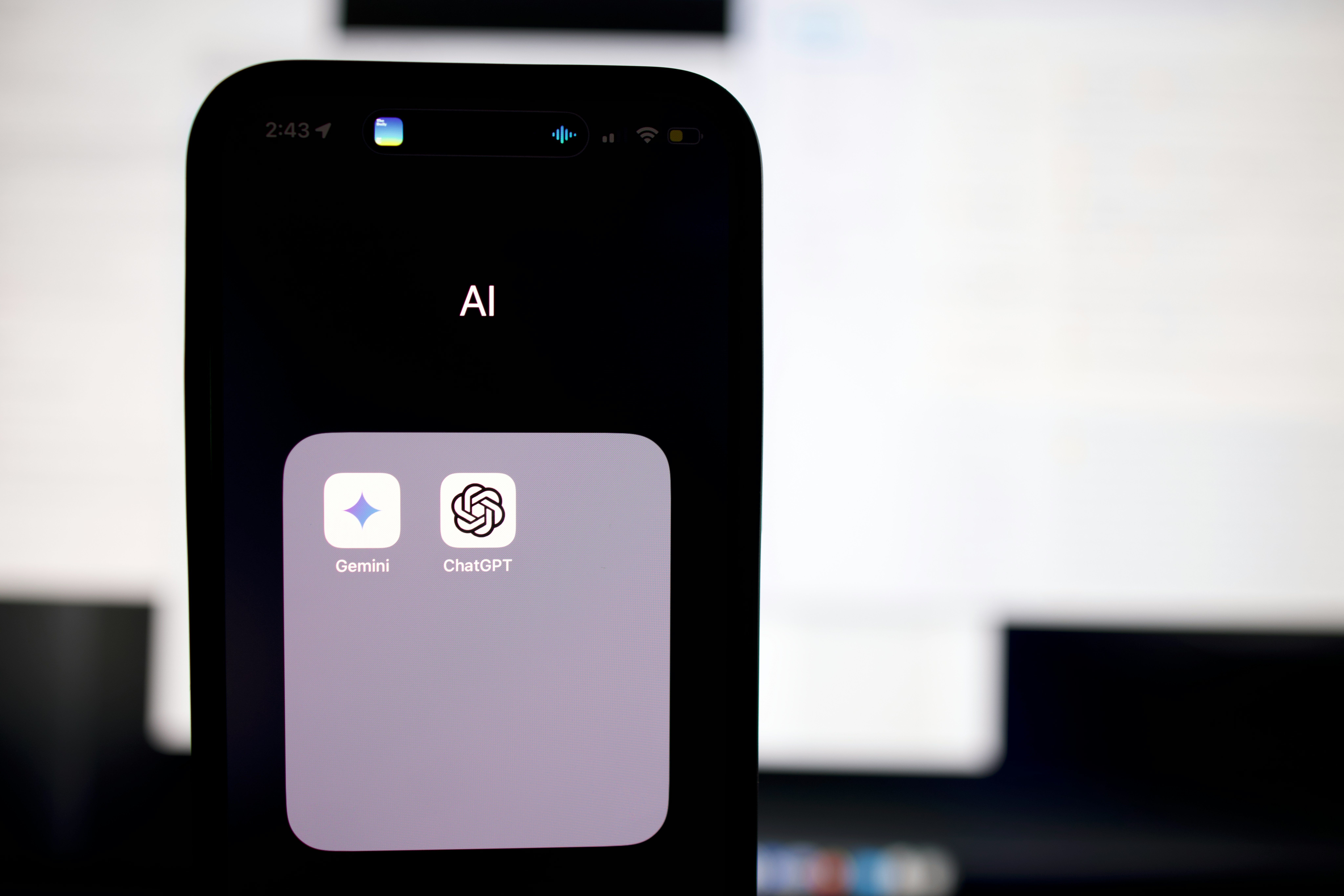Artificial intelligence (AI) is quickly changing our world. From mechanizing errands to controlling groundbreaking medical head ways, AI guarantees a brighter future. However, with great power comes great responsibility, and AI does not go without its dark side. As this innovation continues to advance, so too does the potential for malicious actors to exploit and abuse its capabilities. This blog dives deep into the unsettling world of AI-powered crime, investigating how these schemes are orchestrated, who the most vulnerable victims are and what preventive measures we can take to remain safe.
The Nightmare of AI Kidnapping Scams
Imagine accepting an unhinged phone call. Your child's voice, panicked and sorrowful, pleads for help. The caller, using AI-powered voice manipulation, claims to have kidnapped your child and demands a ransom. This is the terrifying reality of a recent kidnapping scam. The scammer likely used a voice synthesizer or altered a recording, making a nightmarish situation that could exploit any parent's most profound fears. This is just one of the numerous ways we shall look at with respect to crimes encompassing the Artificial Intelligence scene.
Deepfake Social Engineering
Imagine this ,you get a breaking news notification. A prominent politician, a trusted figure you regularly see on TV, is endorsing a seemingly profitable investment venture opportunity. The video is faultless, replicating the politician's quirks and voice impeccably. This is the power of deepfakes , which are AI-generated recordings that can manipulate reality with unsettling ease.
Criminals can use deepfake innovation in several ways. First, they might steal genuine footage of the target politician and use AI to manipulate their speech, making them endorse a sham investment scheme. Alternatively, they could create synthetic videos from scratch, using AI to produce a realistic resemblance of the politician and fabricate their voice using deep learning algorithms.
Vulnerable Victims
This sort of trick preys on several vulnerabilities;
Trust in Authority Figures - Individuals tend to trust endorsements from well-regarded and respected people. Seeing a seemingly genuine video of a politician promoting an investment venture can be exceedingly persuasive.
Limited Technical Knowledge - Those unfamiliar with deepfake innovation might not be able to discern a manipulated video from a genuine one.
Elderly People - Seniors are an especially defenseless demographic. They may be less conversant and familiar with deepfakes and more susceptible to scams due to a potential decline in cognitive abilities.
Hyper-Personalized Phishing Attacks
Phishing emails are a consistent nuisance, but AI can raise them to an entirely new level of sophistication. Imagine accepting an email that appears to be from your bank. The e-mail flawlessly duplicates the bank's layout, symbol and even uses your title and account details. It might even reference recent transactions, creating an unsettling sense of legitimacy and authenticity. The email could then encourage you to click a link or download an attachment, leading you to a malicious site designed to steal your login credentials.

Image by: Unsplash
Offenders can use AI to accumulate vast amounts of individual information from different sources, including data breaches, social media profiles and even malware contaminations. This information can then be used to personalize phishing emails with extraordinary detail. AI algorithms can analyze your online behavior, recent transactions and even writing style to make an email that appears to be coming from a genuine source.
Whereas everybody with an internet account may be a potential target, certain groups are more vulnerable.
Individuals with Poor Spam Filters - Outdated email software with weak spam filters might permit these malicious emails to reach inboxes.
Limited Awareness of Phishing Strategies - Those unfamiliar with common phishing techniques could be more likely to fall victim.
Individuals in a Hurry - People who skim emails quickly without paying close attention to details may be more vulnerable to clicking malicious links.
The Chilling Potential of Autonomous Weapons
Autonomous weapons systems (AWS) are mechanical weapons capable of selecting and engaging targets without human intervention. While still in the development stage, the very concept raises genuine moral concerns. Imagine a situation where an AI controlling an AWS malfunctions or is hacked by a pernicious actor. This could lead to disastrous results, including;
A glitch could occur due to mistakes within the AI programming or hardware disappointments. Alternatively, a sophisticated cyberattack could potentially seize the control systems of an AWS, directing it to target unintended victims.
In the tragic instance of a malfunction or hacking, anybody caught in the crossfire of an autonomous weapon system could become a victim. This could incorporate civilians in war zones, innocent bystanders in a malfunctioning training exercise or even personnel tasked with maintaining these frameworks.
AI-powered Identity Theft
Individual data is the currency of the computerized age. Offenders are progressively turning to AI to exploit this profitable resource. Imagine a situation where criminals use AI to analyze vast amounts of individual information stolen from information breaches, social media and even online purchases. This information can be used to make highly realistic synthetic identities, complete with fabricated social security numbers, addresses, employment histories and even credit scores. These engineered personalities may at that point be used for a variety of criminal purposes.

Image by: Unsplash
Offenders can leverage AI algorithms to analyze endless datasets containing individual data. These algorithms can recognize patterns and connections, allowing them to piece together a comprehensive picture of
an individual's life. Using this data, they can make a synthetic character that appears virtually indistinguishable from a real individual.
Potential Victims
Everybody with a digital footprint is a potential target. However, certain groups are at a increased risk;
People with Extensive Online Activity and Presence - Those who share a significant amount of individual data online are more likely to have their information exploited for creating synthetic identities.
Individuals with Poor Credit History - Criminals might target people with awful credit, using synthetic identities to open new accounts and set up creditworthiness.
Those Who Have Experienced Data Breaches - If your individual data has been compromised in a data breach, you're more vulnerable to having a synthetic identity made in your name.
Blackmail with a Digital Twist
Deepfakes aren't just constrained to making fake endorsements. They can moreover be used for a more sinister purpose; extortion. Imagine a scenario where a criminal uses AI to create a compromising deepfake video of you, even if such footage doesn't exist. This fabricated video could then be used to extort money or threaten your reputation.
Criminals can use AI to manipulate existing film or even create completely synthetic videos. They might use profound learning algorithms to analyze your facial features, voice patterns and mannerisms to create a realistic deepfake.
Vulnerable Victims
Anyone can be targeted by this type of blackmail. However, certain groups can be more helpless
High-Profile People - Celebrities, politicians and other public figures are prime targets due to the potential for significant reputational harm.
Individuals in Vulnerable Positions -Those in compromising situations or professions may be more likely to cave to extortion requests.
Individuals with Private Online Lives - People who share intimate details online can be more susceptible to having deepfakes made that abuse this information.
Preventive Measures
The future of AI holds immense potential, but it's pivotal to acknowledge the potential for misuse. Here are a few preventive measures we can take to mitigate the dangers posed by AI-powered crime;
Deepfakes
Educate yourself about deepfakes and how to identify and discern them. Look for irregularities in lighting, lip developments not syncing with audio and unnatural body language.
Phishing Attacks
Be wary of unsolicited emails, even on the off chance that they show up to be from genuine sources. Do not click on links or attachments unless you're completely certain of the sender. Verify any suspicious communication directly with the supposed sender through a trusted channel. Empower strong spam filters and keep your e-mail software up to date.
Autonomous Weapons
International treaties and regulations are pivotal to govern the development and use of AWS. These regulations should emphasize strict safety protocols, human oversight and clear lines of accountability.
Identity Theft
Be careful of the data you share online. Use privacy settings on social media platforms. Monitor your credit reports regularly and report any suspicious activity promptly. Use solid passwords and enable two-factor authentication wherever possible.
Blackmail with Deepfakes
Be cautious about what you share online, particularly compromising photographs or videos. Maintain a solid level of skepticism regarding unsolicited online interactions.
By staying educated, adopting responsible online hones and pushing for ethical development of AI, we can work together to form a future where AI empowers us, not endangers us. The potential of AI is evident, but so is our obligation to guarantee it's used for good.








